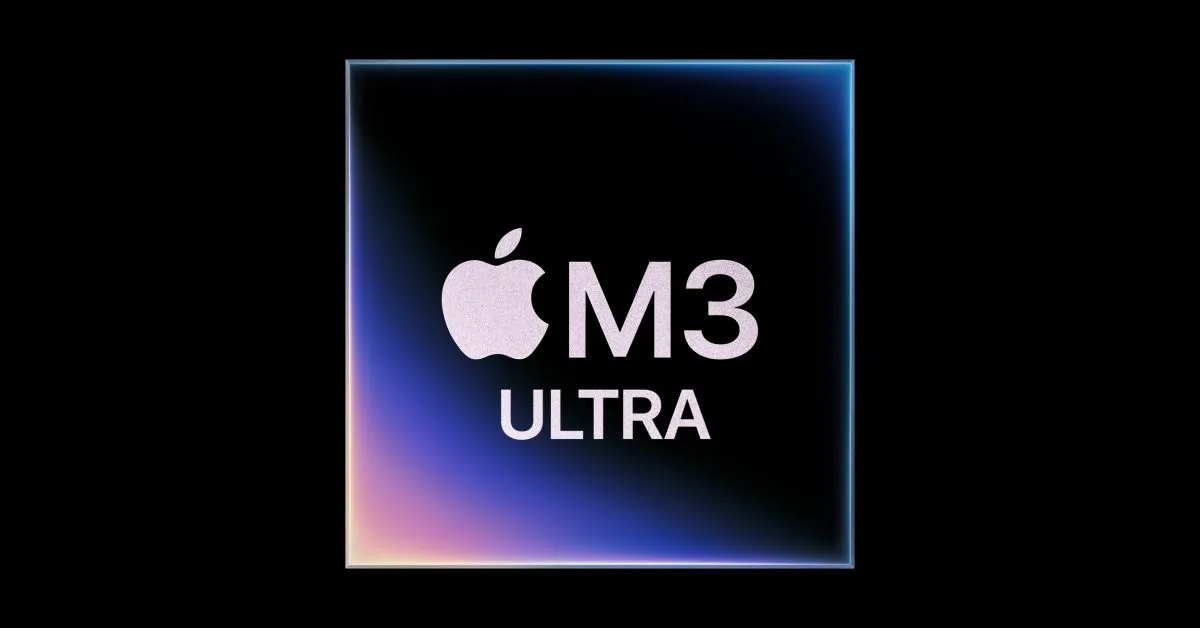
The Apple silicon era has posed significant challenges for the Mac Pro, Apple's high-end desktop machine. As the target market for this niche device continues to shrink, many are left wondering about its future. However, as the saying goes, it’s always darkest before the dawn, and there may still be hope for this powerful workstation.
The story of the Mac Pro dates back to 2006, when the Power Mac G5 was replaced by a desktop tower featuring an Intel processor. In 2013, Apple introduced the cylindrical Mac Pro, a design that was both stunning and flawed. Fast forward to 2019, the company returned to a more traditional desktop tower design, bidding farewell to the infamous "trash can" aesthetic. This revamped Mac Pro, paired with the 6K Retina resolution 32-inch Apple Pro Display XDR, reestablished itself as the most powerful machine in Apple's lineup, offering users separate storage and GPU upgrade options.
In 2020, Apple initiated its transition to Apple silicon with the M1 processor, which significantly enhanced performance compared to previous Intel chips. The M1 chip revolutionized the performance of devices like the MacBook Air and iMac, allowing Apple to remove fans from their laptops without sacrificing power. The iMac also underwent a redesign, resembling a giant iPad more than a traditional all-in-one desktop. Following this, Apple released the M1 Pro and M1 Max chips, which elevated the performance ceiling for Apple silicon even further.
In 2022, the launch of the Mac Studio alongside the M1 Ultra chip, which combined two M1 Max chips, marked a new era for Apple. This innovation rendered the aging Intel Mac Pro nearly obsolete, leading many to speculate about the potential for an M2 Extreme chip that could power an updated Mac Pro. However, manufacturing such a chip for a niche market likely proved impractical.
In 2023, the highly anticipated Apple silicon Mac Pro finally replaced its Intel predecessor. However, rather than a grand return, this new Mac Pro utilized the same M2 Ultra chip found in the second-generation Mac Studio. The integration of CPU, GPU, and RAM into a single package meant that users could no longer upgrade their RAM or GPU performance over time, a significant departure from the previous iterations. Consequently, the Mac Pro now offered just one advantage over the Mac Studio: additional ports and PCIe slots.
Despite having PCIe slots, the Mac Pro's upgradeability is limited; users can only configure GPU power at the time of purchase. Apple describes the use of these PCIe slots as tailored for specific needs, such as installing audio and video cards or networking cards. The marketing around the M2 Ultra Mac Pro emphasizes its ability to meet the demands of professionals who rely on internal expansion for their workflows.
As of late 2023, the Mac Pro has solidified its position in an even more niche market. This shift is partly due to Apple’s recent updates to the Mac Studio, which now features the M3 Ultra chip. This new chip not only outperforms the M2 Ultra but also positions the Mac Studio as the most powerful Mac available. Comparatively, the Mac Pro remains on the M2 Ultra chip, making direct comparisons between the two machines increasingly unfavorable for the Mac Pro.
The M3 Ultra Mac Studio boasts up to 1.5 times faster CPU performance and twice the GPU performance compared to the Mac Pro. Additionally, when it comes to RAM—essential for tasks like running local AI models—the disparity is even more pronounced. While the Mac Pro still reigns supreme in terms of ports and expandability, the performance gap is a cause for concern.
Despite the challenges facing the Mac Pro, there is a glimmer of hope for its dedicated fanbase. Keeping the Mac Pro on the M2 Ultra chip while upgrading the Mac Studio to the M3 Ultra could pave the way for a future where the Mac Pro reclaims its title as the most powerful Mac. One potential scenario could involve Apple reserving the M4 Ultra chip exclusively for the Mac Pro, though there are indications that not every chip generation will see an Ultra variant.
This raises philosophical questions about the balance of power between the Mac Pro and the Mac Studio. If the Mac Pro is upgraded to an M4 Ultra in the future, would the Mac Studio also receive the same upgrade? Proponents of the Mac Pro argue that its design allows for handling higher thermal conditions than the Mac Studio, which is crucial for maintaining performance under heavy workloads.